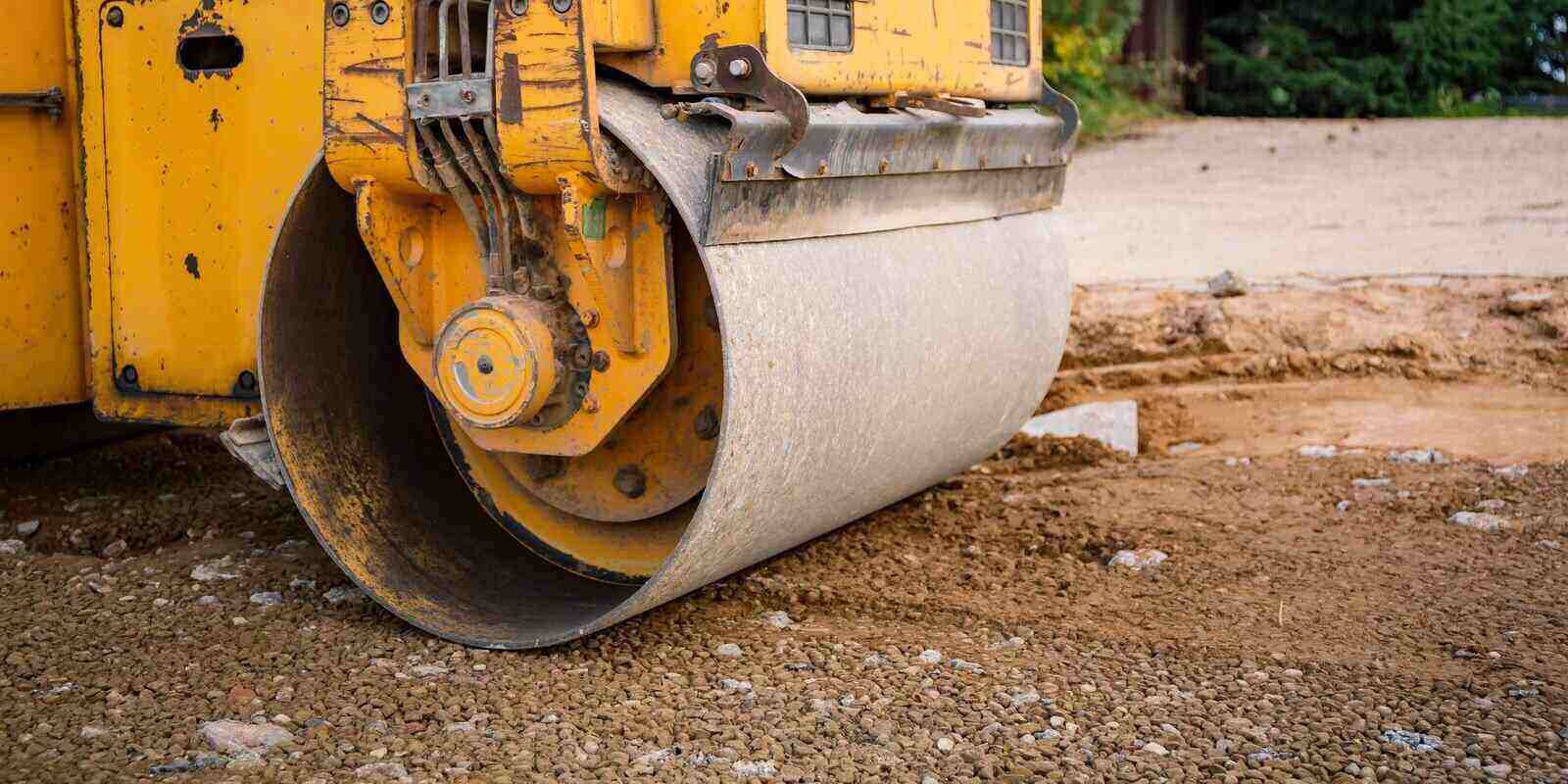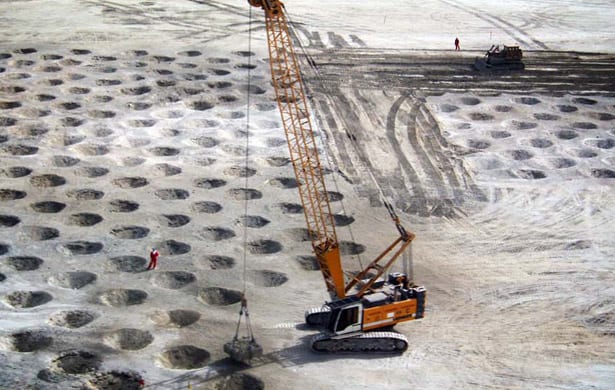How to Compact Soil | Available Methods
Knowing how to compact soil is very important in design and construction. This article will provide you a definite guide on that.
Soil compaction is the practice of applying mechanical compaction force to densify soil. It reduces the volume of soil and makes the soil particle closer with the reduction in the void ratio. When particles are compressed to close the distance between them, compaction takes place.
Reduction in the volume of the soil results in increasing the unit weight of the soil. Further, the maximum dry density can be achieved at the optimum moisture content in the compaction process.
Soil compaction is more common in the construction industry. It enables us to have higher-bearing soil. Construction of roads, runways, parking, building construction, foundation construction, etc. the compaction of soil is as per the relevant requirements.
Therefore, it is vital to know how to compact soil to the required level and procedure to reach that.
Purpose of Soil Compaction
The bearing capacity and stiffness of in-situ or chemically modified soils can be increased through soil compaction. Compaction tends to increase the shear strength of the soil.
By making the soil more rigid and reducing voids, the potential settlement of the soil can be minimized. The elimination of voids lowers the likelihood of soil settling, shrinking, or swelling as well as water seepage, both of which could have detrimental effects on the soil’s ability to shrink and swell.
Further, the parameters related to the settlement of the soil will also be improved in the manner that it reduces the settlement.
On the other hand, if we have loose soil or soil replacement, if we do the construction without any compaction, there will be serious issues such as failure of foundations, differential settlements, excessive settlement, etc.
Therefore, it is important to know the importance of soil compaction and how to compact the soil.
Factors affecting Soil Compaction
There could be many factors or variables that affect the compaction of the soil. Out of those, the most important aspects are discussed in the article.
- Soil Type
- Soil Moisture Level
- Compaction Machine
- Thickness of Soil Layer
- Speed of Compaction
- Number of Passes
The impact of soil on the method of compaction of soil is discussed in the article factors affecting soil compaction.
Method Available for Soil Compaction
There are numerous techniques for compacting the soil. Static force compacts soil physically and constantly by applying weight pressure. Soil can be compacted to deeper depths through manipulation, such as kneading or shearing the soil in alternate directions.
A vibrating device can be used to apply dynamic force in addition to pressure and manipulation. Vibratory compaction techniques exert force in alternating directions by using varying amplitudes and frequencies, typically by using a rotating weight to deliver quick strikes to the surface.
Let’s discuss different methods available for soil compaction. The most commonly known methods are,
- Vibro Compaction
In this method, the ground will be vibrated achieved to the required compaction. This method is mostly suitable for soils having low cohesion.
- Dynamic Compaction of Soil
This method is very special and is not used frequently. Only on special occasions and when we have large areas to be compacted, dynamic compaction is done.
A weight is let to fall into the ground to achieve compaction. The high weight, spacing between each compaction point, and the number of blows per point are determined based on the degree of compaction to be achieved. Test data of compacted soil can also be used to finalize and determine the requirements.
The article on Ground Improvement Methods could be referred to for further information.
- Conventionally Used Mechanical Compaction Methods
The classification of the compaction will be done based on the method of compaction machined used. Depending nature of the construction and the degree of compaction expected method of compaction can be finalized.
Some of the machines sued for compaction are as follows.
- Lightweight compacting equipment (Rammers/Plate compactors)
- Smooth wheel rollers
- Sheepsfoot rollers
- Pneumatic tired rollers
- Vibratory rollers
- Grid rollers
How to Test Compaction of Soil
Knowing how to test the compaction is also important as knowing how to compact soil.
The degree of compaction can be assessed using a variety of compaction testing techniques. Understanding the initial conditions at the project site requires doing preliminary in-situ testing.
The following test can be used to check the compaction of the soil.
- Proctor Compaction Test
- Nuclear Test
- Sand Cone Test
- Balloon Densometer Test
Depending on your requirements, the test method could be selected. Proctor compaction test and sand cone test can be frequently observed in road construction work.
The degree of compaction is measured during the construction. We can determine the maximum density of soil for optimum moisture content. This will be compared with the density of soil obtained from the field.
Generally, it is maintained at 95%. If we do the construction on soil having 95% compaction, it is believed that we have a good platform. This does not mean that the underneath layer does not have any impact on the foundation settlement. They shall also be in good condition to support the compacted fill.





